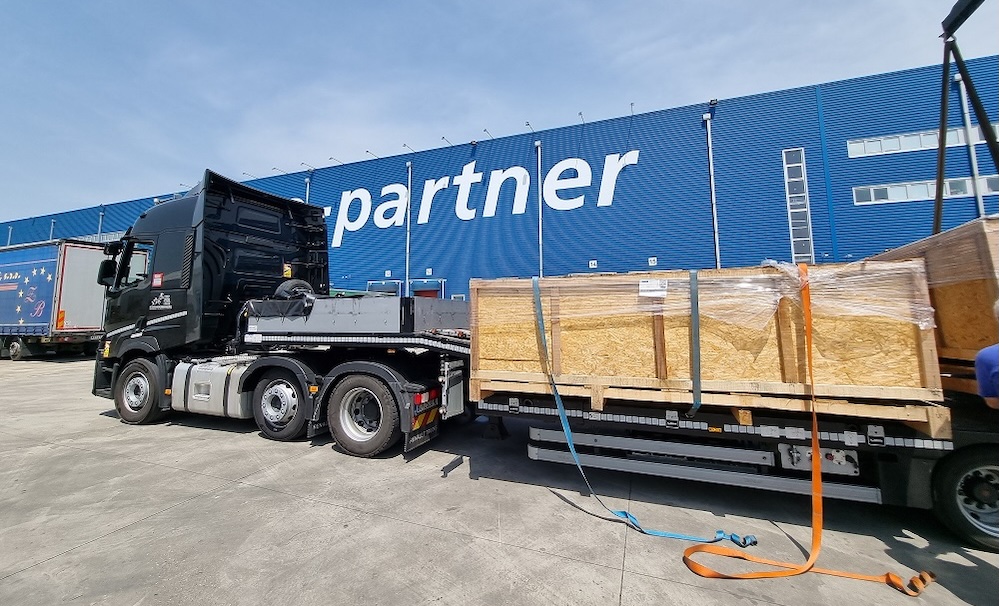As global trade rebounds and technology continues to reshape industries, the international freight forwarding and logistics sector is poised for a dynamic year in 2025, says the director general of the British International Freight Association (BIFA).
“With new trade agreements, advancements in automation, and a heightened focus on sustainability, BIFA members of all shapes and sizes are forecasting growth opportunities alongside significant challenges,” says Steve Parker.
Global trade on the rise
Notwithstanding potential future trade wars, the International Monetary Fund (IMF) projects global trade volumes to increase by 3.2% in 2025, driven by easing geopolitical tensions, expanding e-commerce, and growing consumer demand in emerging markets. These developments provide fertile ground for freight forwarders and logistics providers to enhance their services and seize new opportunities in cross-border shipping.
Technological innovation driving efficiency
The logistics industry is increasingly leveraging cutting-edge technologies to optimise supply chain operations. Artificial intelligence (AI), blockchain, and Internet of Things (IoT)-enabled devices are transforming shipment tracking, customs clearance, and warehouse management. Automation is expected to significantly reduce costs while improving transparency and customer satisfaction.
“2025 is the year where digitalisation and data-driven decision-making will become a necessity rather than an advantage,” Parker adds,. ”The integration of real-time analytics and autonomous systems is revolutionising how BIFA members are managing global supply chains.”
Sustainability takes centre stage
With global regulators and consumers demanding environmentally conscious practices, sustainability will be a top priority in 2025. Many companies are committing to carbon-neutral shipping solutions, investing in green technologies such as electric vehicles and alternative fuels. Ports and shipping hubs worldwide are also adopting cleaner energy practices to reduce emissions and align with international environmental goals.
Parker says: ”Shippers are now looking beyond cost and speed — they want greener logistics solutions. This shift is creating both challenges and opportunities for logistics providers.”
E-Commerce boom fuels demand
The global e-commerce market, expected to surpass USD7.4 trillion by 2025, is further driving the need for efficient logistics and last-mile delivery solutions. Freight forwarders are rapidly adapting to the demands of faster shipping and expanded network coverage, particularly in underserved regions.
Challenges Ahead
While prospects are promising, the industry must also address critical challenges. Ever-changing demand and supply dynamics across all modes of transport. Geopolitical uncertainties. Fluctuating fuel costs, and regulatory complexities continue to pose risks. Additionally, labour shortages in key markets highlight the need for investments in workforce development and automation.
Conclusion
As we enter the second week of 2025, the international freight forwarding and logistics sector stands at a pivotal moment. By embracing innovation, prioritising sustainability, and navigating global trade dynamics, the industry is well-positioned for sustainable growth and resilience in the face of ongoing challenges.
“The trade association that represents UK freight forwarding and logistics companies that manage international supply chains will be ready to support our members in those multiple endeavours,” Parker concludes.








